

10 Emerging Market Currencies for Investors
6th November 2018

Currencies with the prefix “emerging” might have been strongly avoided twenty years ago, but the term has since shed its overt stigma. The modern investor’s portfolio often includes emerging currencies (EC). It’s true that emerging market currencies have suffered under the current lack of global risk appetite, and not been immune to market sentiment. The improvement in infrastructure, legislation and overall economic life in these countries, however, has redefined the nature of emerging market currency.
Many emerging economies have weathered recent downturns remarkably well, allowing investments denominated in the local currency to keep gleaning much higher interest rates than, say, the US dollar. Moreover, as emerging economies can be expected to produce more visible improvements to shed the moniker one day, investors can often benefit from an appreciation in the local currency on the back of determined economic activity. There is also the persistent spectre of secular pressure upon the USD, something investors periodically capitalise on in emerging currency trades.
The modern retail investor can benefit from local currency exposure, as it provides a low correlation with any other asset class, as well as diversity. With the top five listed first, the following ten currencies offer the prospect of far greater interest rate returns when traders are locally invested.
Investing in the Chinese Yuan
When a country the size of China “emerges” at a growth rate of 6.9 percent in 2017, it redefines what emerging means. A unique case study, China is both an emerging economy and the world’s manufacturing arm. The fundamentals of China’s economy make the yuan one of the most honest ECs,, backed as it is by a rate of growth everyone else last saw last century.
Investors know that the Chinese government will never allow wild fluctuations in the yuan. The political risk of china is less a risk than a reassuring certainty, with the government’s pegging of the yuan to the USD an open secret. The political risk of an emerging market is typically epitomised by a sudden regime change. This doesn’t apply to China, however, where the communist regime has a vice-like grip on the yuan and indeed seems inseparable from its current attraction.
Combined with the Chinese ruling party’s titanic and almost ingrained presence, the government’s manipulation of the yuan, maintaining China on all fronts, makes for potentially very profitable investment. The yuan has nuances for investors, but a broad overview of the currency shows just how much more profitable this currency can be, especially for those looking for currencies backed by real-world growth.
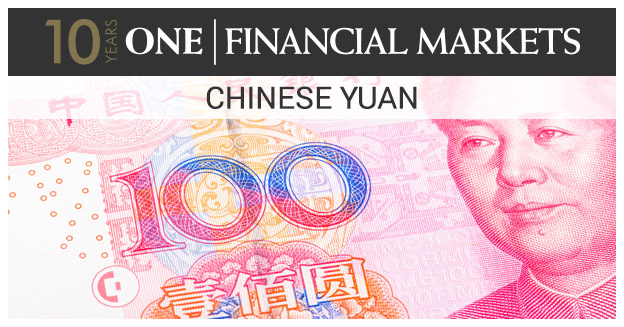
Investing in the Russian Ruble
Russia has the anomalous title of former enemy as well as best friend to many countries in the world. The upshot is that Russia is well known and connected, with both well-established and growing trading ties. The country has massive resources that feed former alliances as well as the European Union. As Russia leans into the East and the West, the Russian ruble is seen as supported by a vast mineral wealth, and an unlimited marketplace.
Although complaints about a ruling elite are sometimes bitter, the country can be deemed to be a maturing democracy by conventional definition. The ruble has a greater range, and can shed pips in a manner that would have USD and EUR holders panicking. That being said, there is a steely resilience that underpins the currency, and Russia is seldom a weakling, caught off guard in the way some other ECs are abused. In a real sense, the ruble thus has the potential to give investors the best of both worlds. Enough volatility and enough security, in one EC.
That said, political exchanges are often verbose and the ruble is definitely more volatile than the top traded currencies. Since abandoning pegging the currency to any other denomination in 2014, the government has allowed the currency to float. An establishing middle class and strongly autonomous political demeanour predict future potential, and the ruble is a “busy” currency many investors favour.
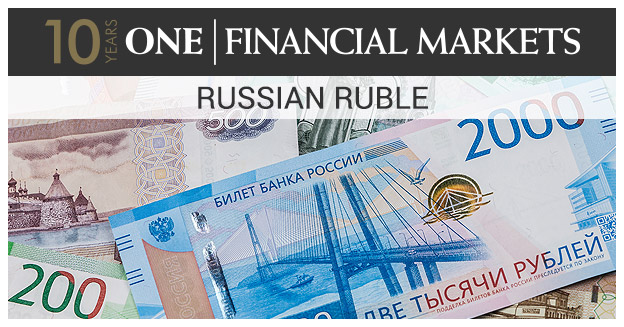
Investing in the South African Rand
The South African rand is one of the most traded ECs in London and on many other exchanges too. Often thus the first to feel any emerging currency fears, persistent short and long terms dividends can be gleaned from the currency nonetheless.
Politically stable and a maturing democracy, South Africa’s currency is no stranger to abuse. When neighbouring Zimbabwe initiated its land reform programme, and while South Africa was undergoing elections, the rand slumped to R13,84 against the dollar during December 2001. Although it subsequently bounced back, a variety of factors contributed to its current weakness against the USD, sitting at similar disparity as it was seventeen years ago.
With its currency floating, however, South Africa’s periodic trading (re)arrangements and internal developments often provide the best of what emerging currencies can pay in dividends. It remains the sometimes-punchbag of global markets though, and the currency demands that investors keep an eye open for substantial shifts.
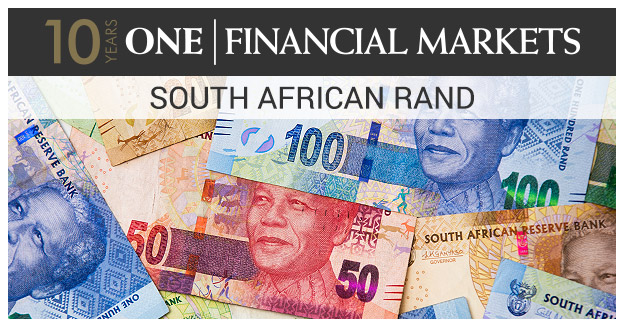
Investing in the Brazilian Real
With comparatively stable historical politics, Brazil is also the largest republic in South America. A country with a soft political predisposition, it is often feted as a model for its neighbours by political commentators With huge natural resources, Brazil has still to move beyond bulk commodity trading, but the economic fundamentals make the real both stable enough and buoyant enough for investors.
With political stability closely linked to economic stability in Brazil, the regime previously adopted a “crawling peg” approach to the real’s 1994 introduction. Today, the currency is not pegged, and sits around $0.27 dollars in exchange. Brazil is ranked as the seventh largest economy in the world, producing huge volumes of industrialised products and commodities.
In an investing blast from the past, the country’s Industry counts for around a quarter of GDP, making for an emerging economy borne on huge resources and massive, growing industry. Reminiscent of a bygone era when industry was paramount, the country’s cropping and production capacities feed the real’s value. Geographically, the currency is seen as a top, if not the top Latin American EC.

Investing in the Indian Rupee
For a country second only to China’s population of over a billion, India lacks China’s drive to manufacture. Instead, Indian wealth flows from a mixed basket of commodities as well as some manufactured goods. As the currency of a largely agrarian nation, the Indian rupee is perceived as both highly attractive at times, as well as a long term dragger. That dynamic is changing, as a rapidly emerging services sector and growing manufactured goods sector buoy the rupee’s image.
Politically stable, India seems far more internally peaceable than in former eras. In a real sense, hostile relations with neighbour Pakistan allow for a broad political cohesion across a vast nation. India is not expected to shock investors with political instability. Having abandoned a peg to the USD circa 1975, the currency floats freely and the Indian economy offers a huge, diverse playing field for foreign investment.
Reminiscent of penny caps’ promise of doubling in value, the rupee at $0.014 is definitely a wannabe on the world’s forex markets. It does, however, have the backing to start claiming a lot more recognition.
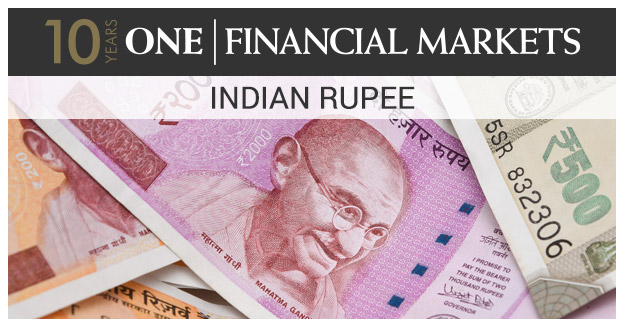
Investing in the Turkish Lira
Frequently termed a “newly industrialised” country, Turkey can also be defined as a developed country, by standard definition. That said, it remains a newer entrant to the global manufacturing arena, although its economic resilience is what underpins the lira’s value.
Politically as precarious as they come, Turkey can nonetheless be evaluated in terms of more recent responses to political unrest. The quashing of an attempted 2016 coup was alarming, yet a far better outcome and sign of nationhood that had civil unrest ensued. Perhaps because of its politically disturbing nature for foreign observers, it remains an emerging economy, in spite of its obvious developed status by many metrics. Another currency thus poised between high returns and worrying dips in the eyes of investors, the lira remains an essentially attractive emerging currency.
Having revalued its currency circa 2005, Turkey has always had the reputation of an extremely volatile investment choice. The lira was last pegged to the USD in 1960, and has been a free currency ever since. Re-energising its textile industry and currently pushing its services and manufactured goods industries, Turkey, like South Africa, is often the first to feel investor fears, yet the lira pays handsome dividends at times. As the currency of the country with the seventeenth largest nominal GDP in the world, the lira can present attractive metrics to any portfolio.
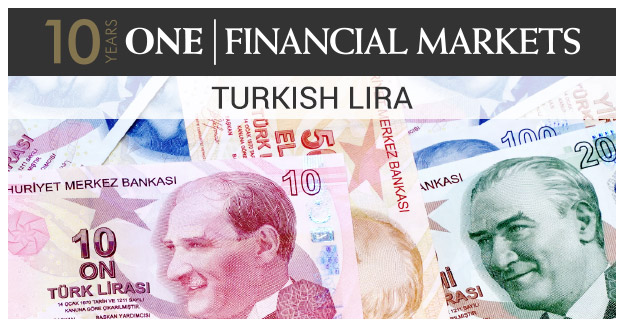
Investing in the Argentine Peso
Argentina as an investment choice is often seen as risky by global investors. American investors note the same issues, but express a sense of proximity and thus some reassurance about investing in their southern neighbour. A lesser cousin to its northern neighbour Brazil, the Argentine peso is, however, buoyed by massive agrarian and industrial aspirations.
Also politically aspirational, the country nonetheless suffers occasional currency volatility, the most recent leading to the changing of the central bank’s president in early October 2018. As a country recently recorded as taking an almost $60 billion IMF loan, however, its political reforms and push for economic growth allow some commentators to position it above Brazil for stability. A diversified agricultural and industrial basket of goods feeds the country’s export trade. Investors point to strong political will and an emerging middle class from a highly literate population for short and long term gains from the buoyant Argentine currency.
After a rather dramatic slump against the USD in May 2018, the peso showed strong resilience, although Argentine inflation is one of the highest in the world, and the central government bank has been hiking interest rates to defend the peso. The currency of a country in the midst of economic reform, the peso is poised for a return of both local and foreign investors who fled to the USD in May 2018.

Investing in the Korean Won
Much like China, South Korea’s political tension is more of a stable homeostasis than a reason for scepticism about dividends from local investment. Ranked the eleventh largest economy in the world, the Korean won is still bugged by perceptions of insignificance, although savvy investors have noted the country’s admirable metrics for some time.
Politically stable, the country’s industry has historically been dominated by family-owned chaebols, although slow political overtures towards an even greater GDP may soon eradicate such dominion. A very stable and determined middle class denotes why investing in the won can be so very profitable. A national work ethic and desire to remain on the cutting edge of technology has made for multinational giants like Samsung’s global standing. By some metrics a confusing EC, the won’s core backing should present it as a potentially far stronger currency. At around $0.0009, the won is, however, definitely an emerging currency, yet one that can pay handsome dividends over time.

Investing in the Polish Zloty
Poland is often perceived as something of a powerhouse among former Eastern Bloc EU members. Although history is a poor predictor of a currency’s future value beyond a certain point, almost three decades of liberalised economic policy saw Poland’s zloty the only EU currency that was relatively unaffected by the 2007 - 2008 economic slump.
Pharmaceutics and agriculture, industry and tourism are major components of the country’s economy. Not only its inclusion in the EU, but also its better-than-average performance during 2007 denote a quietly strong economic base. The Polish zloty’s value “hovers” for many investors, as the country’s strong aspirations to expand its industry and manufacturing sectors are rolled out. Seemingly often forgotten by EC traders who perhaps associate emerging currencies with more exotic lands, Poland’s zloty can nonetheless offer investors touches of all aspects of forex trading. Those who score most appear to be those with a longer term view, although day traders move the zloty in volumes too.
Now politically and economically stable, Poland’s currency - hard for many to pronounce and never a darling of investors - is once again a common word on exchanges. Particularly in the tech and manufacturing arenas, foreign investors enjoy pronounced stability in the zloty, alongside possible future returns from Poland’s established trading agreements.
Moving ever further away from Soviet dominion, the zloty has far stronger underpinnings than the ruble by some metrics. At $0.26 in exchange, the currency has the potential to provide smooth returns with time.
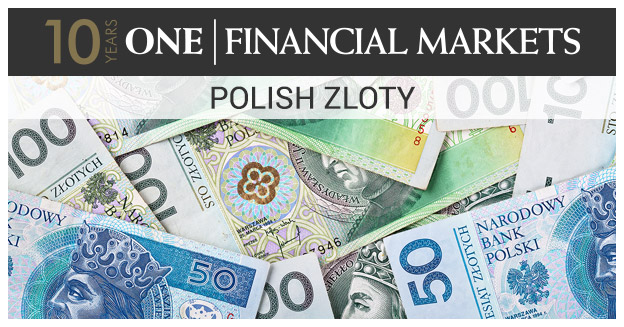
Investing in the Indonesian Rupiah
As the world’s biggest archipelago, Indonesia is also the world’s fourth-most populated nation. Foreign investment often looks to the tech arena, as for such a populous country, internet presence among the citizenry is still low, with a massive market looming. The rupiah is emerging from being seen as a “touristy” and far-flung currency, to being that of another potential Asian Tiger.
Poor overall infrastructure remains a liability for economic growth, although the government is slowly starting to address public works. Recent reports suggest, however, that such a raw state of affairs in what has been called one of the “fragile five” economies also presents huge opportunities for investing in solutions to the country’s many challenges. On the back of the country’s economic potential, rupiah investment strategies point to the inevitable dividends from resolving Indonesia’s infrastructure and industry needs.
From a history of political spats and even open internecine conflict, Indonesia today is frequently hailed as a model of political transition and stability. Social discontent remains yet, much like Russia, it doesn’t have much play on the forex markets. Intermittently voguey, savvy investors point to the rupiah’s ability to make significant gains over the medium term, based largely on a strong national push for modernisation.

The Benefits of Investing in BRICS and other ECS
Retail traders who are initially averse to emerging currencies, typically become aware of them through others’ comparatively remarkable gains. Although the volatility and risk was previously often a political perception, somewhat removed from fiscal realities, ECs remain genuinely volatile in comparison to the top fiats like the USD or Euro. Investors prepared to do the necessary homework on individual currencies, however, will find that the risk is frequently more an unknowing, than a gamble.
As ECs are the currencies of nations pushing to get ahead, once fears are allayed by a more detailed appraisal of a currency, traders often find shorter-term, bigger-gain activities around ECs than the more solid currencies ever allow for. In a nutshell, ECs can’t be expected to dominate within a certain range, as the top-tier fiats occupy that space. They can, however, be expected to reflect the values and occasional slumps and spurts of a yearning nation. That kind of energy gives rise to truly expansive projects, relationships and developmental investment. And from these macro movements and inputs, modern investors will find that ECs can generate above-average returns.

All content is provided for your information only.
This article may contain opinions and is not advice or a recommendation to buy, sell or hold any investment. No representation or warranty is given on the present or future value or price of any investment, and investors should form their own view on any proposed investment. This article has not been prepared in accordance with legal requirements designed to promote the independence of investment research and is considered a marketing communication. Non-independent research is not subject to FCA rules prohibiting dealing ahead of research, however we have put controls in place (including dealing restrictions, physical and information barriers) to manage potential conflicts of interest presented by such dealing.
One Financial Markets expressly disclaims all liability from actions or transactions arising out of the usage of this content. By using our services, you expressly agree to hold One Financial Markets harmless against any claims whatsoever and confirm that your actions are at your sole discretion and risk.
CFDs are complex instruments and come with a high risk of losing money rapidly due to leverage. 78% of retail investor accounts lose money when trading CFDs with this provider. You should consider whether you understand how CFDs work and whether you can afford to take the high risk of losing your money.
Begin trading today! Create an account by completing our form
Privacy Notice
At One Financial Markets we are committed to safeguarding your privacy.
Please see our Privacy Policy for details about what information is collected from you and why it is collected. We do not sell your information or use it other than as described in the Policy.
Please note that it is in our legitimate business interest to send you certain marketing emails from time to time. However, if you would prefer not to receive these you can opt-out by ticking the box below.
Alternatively, you can use the unsubscribe link at the bottom of the Demo account confirmation email or any subsequent emails we send.
By completing the form and downloading the platform you agree with the use of your personal information as detailed in the Policy.






